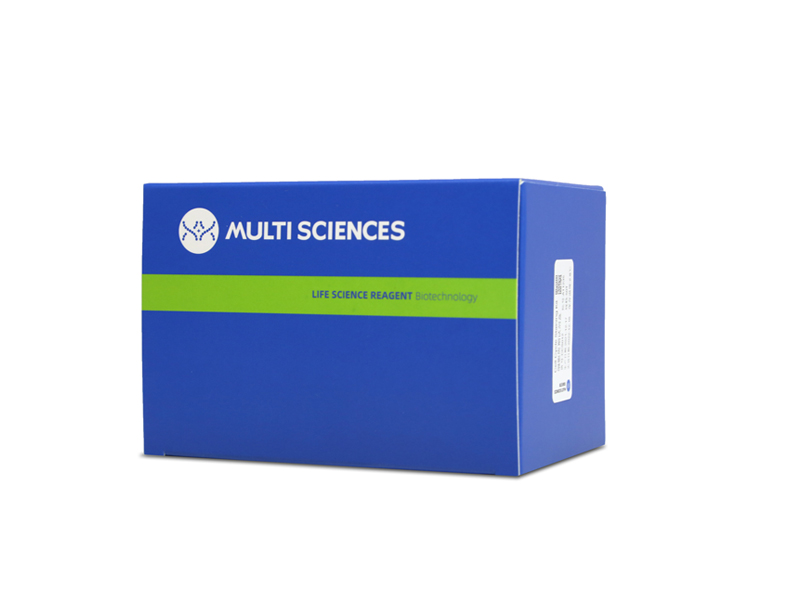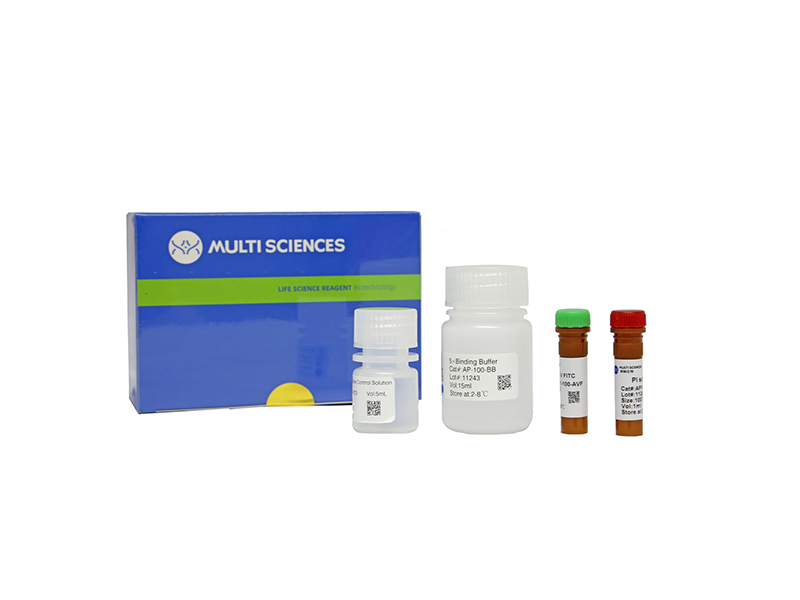Objective Myocardial ischemia/reperfusion injury (MIRI) is an obstacle to the success of cardiac reperfusion therapy. This study explores whether luteolin can mitigate MIRI by regulating the p53 signaling pathway. Methods Model mice were subjected to a temporary surgical ligation of the left anterior descending coronary artery, and administered luteolin. The myocardial infarct size, myocardial enzyme levels, and cardiac function were measured. Latent targets and signaling pathways were screened using network pharmacology and molecular docking. Then, proteins related to the p53 signaling pathway, apoptosis and oxidative stress were measured. Hypoxia/reoxygenation (HR)-incubated HL1 cells were used to validate the effects of luteolin in vitro. In addition, a p53 agonist and an inhibitor were used to investigate the mechanism. Results Luteolin reduced the myocardial infarcted size and myocardial enzymes, and restored cardiac function in MIRI mice. Network pharmacology identified p53 as a hub target. The bioinformatic analyses showed that luteolin had anti-apoptotic and anti-oxidative properties. Additionally, luteolin halted the activation of p53, and prevented both apoptosis and oxidative stress in myocardial tissue in vivo. Furthermore, luteolin inhibited cell apoptosis, JC-1 monomer formation, and reactive oxygen species elevation in HR-incubated HL1 cells in vitro. Finally, the p53 agonist NSC319726 downregulated the protective attributes of luteolin in the MIRI mouse model, and both luteolin and the p53 inhibitor pifithrin‐α demonstrated a similar therapeutic effect in the MIRI mice. Conclusion Luteolin effectively treats MIRI and may ameliorate myocardial damage by regulating apoptosis and oxidative stress through its targeting of the p53 signaling pathway.
文章引用产品列表
-
- AP101 1755 Citations
- 凋亡试剂盒
Annexin V-FITC/PI Apoptosis Kit(适用于除C6以外的流式细胞仪)
- ¥630.00 – ¥1,280.00



